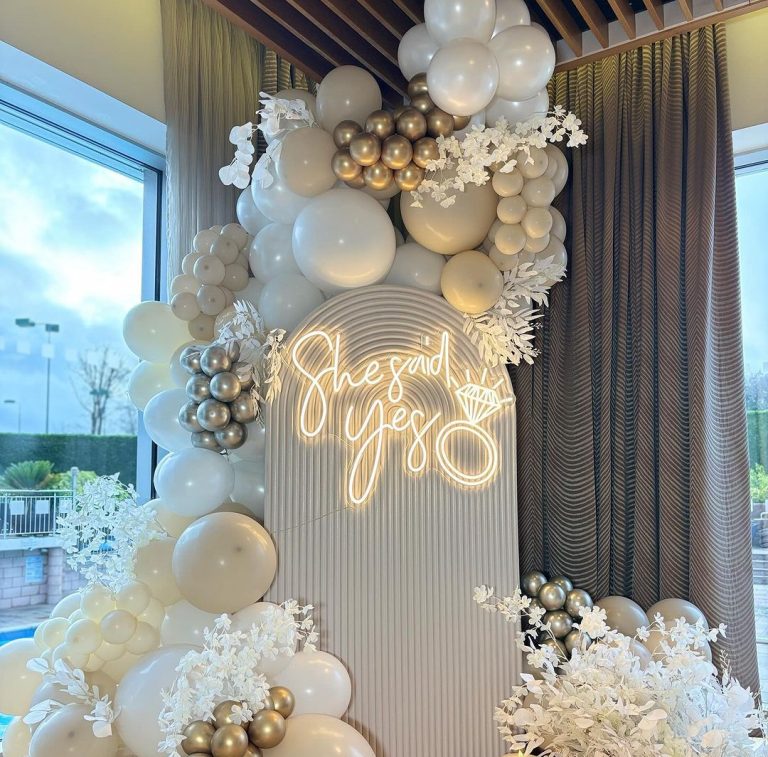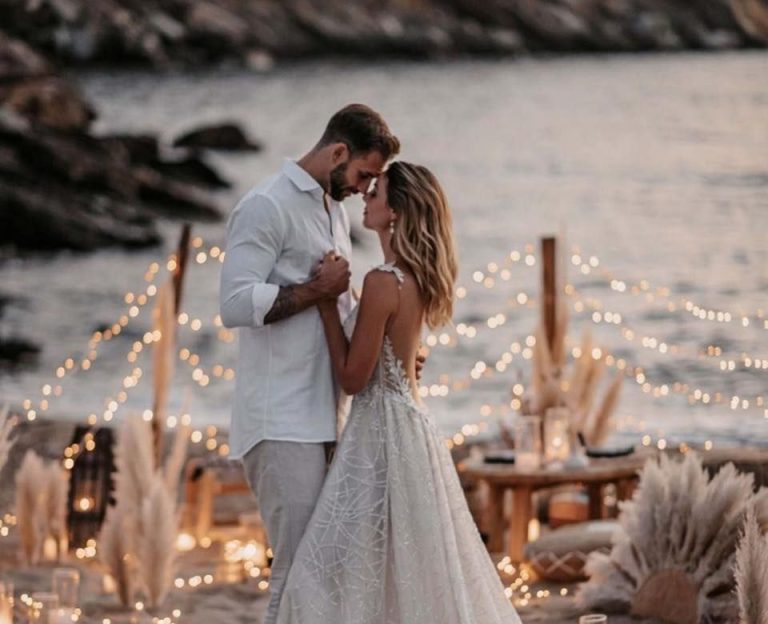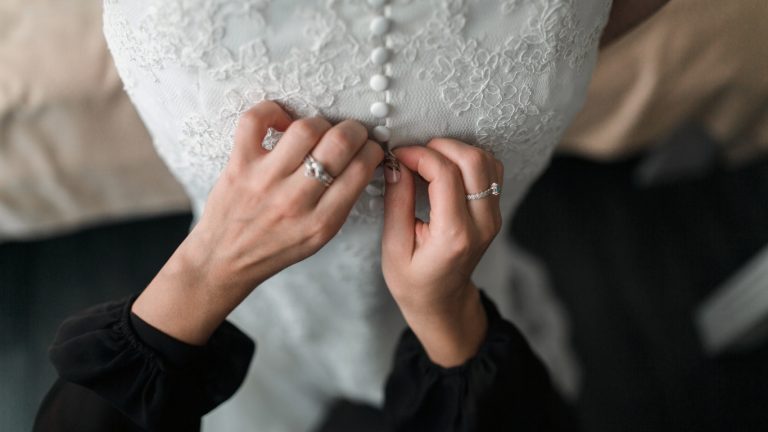When two people marry and bring children, histories, and family cultures into one new unit, a wedding becomes more than a union of two, it becomes a moment of family creation, redefinition, and embrace. Blended family weddings require extra sensitivity, communication, and intention. In this article, we’ll explore practical advice for honoring traditions, managing expectations, and cultivating healthy relationships as you walk into this new chapter together.
Understanding the Complexity of Blended Families
Blending families is not an event; it’s a process. It takes time, grace, and willingness from everyone involved. Some of the challenges that couples commonly face include:
-
Differing parenting styles, rules, and boundaries
-
Grief, loyalty conflicts, and emotional baggage from past relationships
-
Uncertainty from children about their place, voice, or trust
-
Ex-spouse roles and boundaries
-
Expectations from extended families about traditions and rituals
According to HelpGuide, successful blended families cultivate strong communication, clear boundaries, gradual bonding, and respect for each person’s history.
Because a wedding symbolizes more than just the couple’s union, it offers a unique chance to begin intentionally crafting a shared identity that honors everyone’s place.
Merging Traditions & Expectations
Have open, early conversations
Before the planning begins, sit down together (and ideally with children, if age-appropriate) to discuss hopes, fears, favorite traditions, and nonnegotiables. Transparency helps avoid surprises later on.
Questions to explore:
-
Which traditions from each family are most meaningful and why?
-
Are there customs one partner holds sacred that the other may not fully understand?
-
How much involvement do past spouses or biological parents have (if relevant)?
-
How do children want to be involved, do they wish to have roles or tasks?
Honor both histories (without forcing uniformity)
You don’t always have to merge everything, sometimes respecting and weaving in elements from both sides is more meaningful than forcing full equality. For instance:
-
Use a unity ritual (sand pouring, puzzle pieces, handprint canvas) that allows each individual—couple and children—to contribute.
-
Include symbolic gestures for children: presenting a medallion, placing their handprint on a canvas, or inviting them to pour sand in their own color.
-
Invite children to walk down the aisle, read a poem or blessing, or play a special role.
-
Create new rituals unique to your blended family, rather than forcing one family’s tradition wholesale. This gives space for ownership and unity.
Clarify roles, rules & expectations
Often tension arises when roles are ambiguous. Clarify:
-
Who disciplines or enforces rules, and when?
-
Which household rules are unified, and which may remain separate (e.g. individual freedoms, discipline preferences)?
-
How will decision-making happen (especially regarding children’s schedules, vacations, holidays)?
-
What boundaries exist with ex-partners or external caregivers?
-
How will you allocate “family time,” couple time, and individual time?
In establishing structure, many blended families find it useful to craft a shared set of values and then translate them into household norms.
Respect the pace of relationship building
Acceptance, trust, and real connection rarely happen overnight. Be patient and consistent.
-
Let children adjust at their own pace; don’t force closeness too quickly.
-
Provide intentional one-on-one time with stepchildren or biological children.
-
Show small acts of kindness, listening, affirmation — over time, they build trust.
-
Avoid comparisons between children or overcompensating through favoritism.
Include the ex(s) wisely & respectfully
If ex-spouses or co-parents are in the mix, manage communication tactfully:
-
Establish clear boundaries and respectful communication patterns.
-
Keep conflicts out of sight of children and avoid triangulation.
-
Clarify roles during the wedding (if exes attend) so everyone feels respected.
-
If possible, maintain civility and collaboration for the sake of children’s emotional well-being.
On the Wedding Day: Rituals & Inclusion
The wedding ceremony is a powerful platform to acknowledge and celebrate your blended family. Some ideas:
-
Use a blended family unity ceremony (colored sand, puzzle, painting, or other ritual) that includes both children and adults.
-
Ask children to read a blessing, poem, or vow.
-
Let children walk you down the aisle or take part in the processional.
-
Make a special family proclamation or blessing during the ceremony that addresses the new family dynamic.
-
Do a grand, unified family entrance or announcement (e.g. “presenting the [your new family name] family”).
-
Take photos that highlight new connections: step-parent with stepchild, siblings, etc.
These moments signal to children and guests alike that they belong, are valued, and are part of the newly formed family.
Managing Emotions & Conflict Along the Way
Blending families is emotionally layered. You’ll want strategies to navigate:
-
Allow for ambivalence — it’s normal for children (or adults) to have conflicting emotions of loyalty, grief, resistance, or fear.
-
Practice active listening — validate feelings, avoid minimizing difficulties.
-
Use “we” language — reinforce the idea that you’re building together, not competing.
-
Seek professional support if tensions escalate — counselors or stepfamily therapists can help mediate or guide transitions.
-
Celebrate small wins: positive interactions, cooperation, shared laughter — note incremental growth.
-
Protect the marriage — schedule couple time, maintain your connection, so you don’t get swallowed entirely by family dynamics.
Long-Term Success: Building a Thriving Blended Family
-
Keep communication open and regular. Hold family meetings where everyone can voice thoughts.
-
Reassess and adapt rules, roles, and routines as children age or circumstances change.
-
Continue creating shared rituals, holiday norms, and traditions unique to your new family.
-
Nurture relationships respectfully: spend time with each child, celebrate individuality.
-
Model unity and respect — children mirror what they see.
-
Be generous with grace — everyone brings their emotional history; patience and forgiveness go a long way.
Featured Image: Canva





 Source: Photo by
Source: Photo by 


 Source:
Source: Source:Photo by
Source:Photo by  Source: Photo by
Source: Photo by  Source:
Source: 
 Source:
Source: 
 Photo by
Photo by 


















